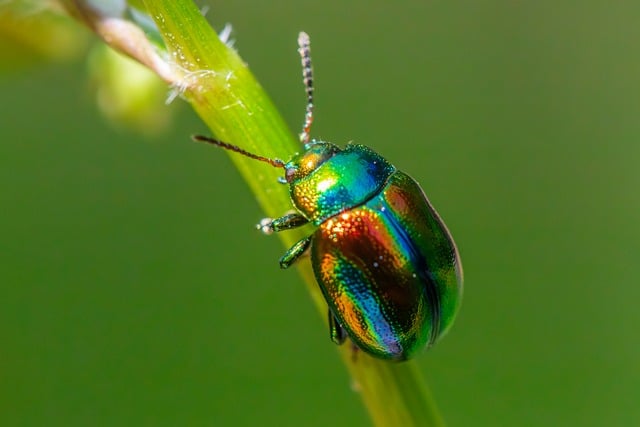A musty smell in your Wheat Ridge basement could signal termites, rodents, or mold. Promptly contact a pest control service for an inspection to prevent costly damage and ensure family safety. Regular inspections, improved ventilation, sealing entry points, and cleaning routines protect against infestations and eliminate musty odors. Use tools like moisture meters and visual inspections to find the source of pests like mold, millipedes, or rodents, addressing issues for a healthy environment and structural preservation.
In the realm of home inspections, identifying potential pests is crucial. One subtle clue often overlooked is a musty smell—a telltale sign of hidden invaders beneath your Wheat Ridge property. This article guides you through the process of uncovering these pesky intruders and their preferred habitats in basements. We explore effective strategies to navigate the maze of pest control real estate inspections, ensuring peace of mind for prospective homeowners. Uncover the secrets behind that musty smell and learn how to find and address the source during your next Wheat Ridge basement inspection.
- Uncovering Hidden Pests Through Musty Smells
- Wheat Ridge Basements: Common Pest Habitats
- Effective Inspection Strategies for Peace of Mind
Uncovering Hidden Pests Through Musty Smells

Uncovering hidden pests is often as simple as following your nose. That musty, earthy scent wafting through your Wheat Ridge basement might seem like just a subtle odor at first, but it could be a red flag for pest infestations. Termites, rodents, and even mold can produce distinct smells that, when identified correctly, can alert homeowners to potential issues before they become serious.
Pest control professionals are trained to recognize these odors and trace their sources. If you notice a musty smell in your basement or any other area of your home, don’t ignore it. Take action and contact a reputable pest control service for an inspection. Identifying the source early can prevent costly damage and ensure the health and safety of your family.
Wheat Ridge Basements: Common Pest Habitats

Wheat Ridge basements, with their low-lying nature and potential for moisture buildup, often serve as ideal habitats for various pests. One of the most common issues residents face is a musty smell, which could indicate an infestation. The source of this odor is frequently rooted in the basement’s environment—damp wood, stored items, or insulation can all harbor mold growth, attracting insects like carpet beetles and dust mites. These tiny invaders multiply quickly in such conditions, causing allergic reactions for residents and damaging property over time.
Pest control experts emphasize the importance of identifying and addressing these issues promptly to prevent further damage. Regular inspections are key to discovering the presence of pests early on. By understanding the common habitats and signs of infestation, homeowners can take proactive measures to protect their Wheat Ridge basements. This may involve improving ventilation, sealing entry points, and implementing regular cleaning routines to deter pests from establishing a comfortable home within their properties.
Effective Inspection Strategies for Peace of Mind

When conducting a real estate inspection, particularly focusing on pest control, it’s crucial to employ effective strategies that go beyond surface-level observations. One common yet often overlooked clue is the presence of a musty smell in areas like a Wheat Ridge basement. This olfactory indicator could point to moisture issues or even the hiding place of unwelcome intruders such as mold, millipedes, or rodents. To pinpoint the source, inspectors should use tools like moisture meters to identify leaks or high humidity levels, which are perfect breeding grounds for various pests.
Additionally, visual inspections should include checking for visible signs of pest activity, such as droppings, chewed wires, or small holes in walls and floors. Since some pests, especially insects, can hide in hard-to-reach corners, using lighting and magnifying glasses can help reveal their presence. Remember, finding the source of a musty smell is not just about ensuring a pleasant indoor environment; it’s also key to preventing potential health issues and structural damage caused by pest infestations.
During a Wheat Ridge real estate inspection, paying attention to subtle signs like musty smells can reveal hidden pest infestations. By understanding common pest habitats and implementing effective inspection strategies, you can gain peace of mind about the property’s health and integrity. If a musty odor persists, consider consulting a professional pest control expert to pinpoint and address the source, ensuring a safe and pest-free environment for years to come.
